Name Ninomiya Sontoku | ||
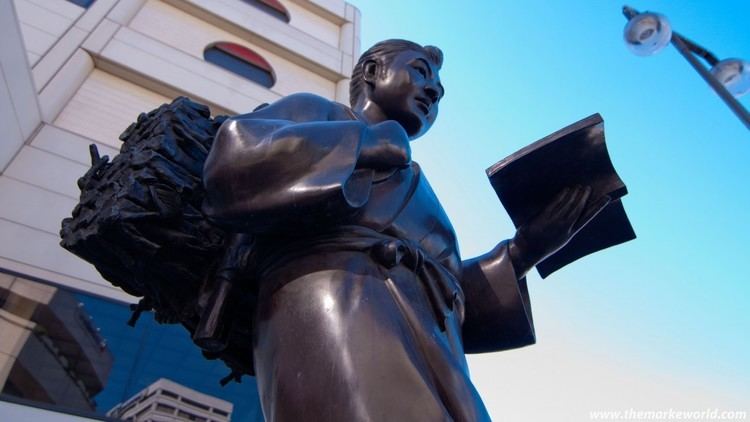 | ||
Books Sage Ninomiya's Evening Talks Similar People Uchimura Kanzo, Inazo Nitobe, Ando Shoeki | ||
Shamisen live before ninomiya sontoku yukari of the building is broken
Ninomiya Sontoku (二宮 尊徳, September 4, 1787 – November 17, 1856), born Ninomiya Kinjirō (二宮 金次郎), was a prominent 19th-century Japanese agricultural leader, philosopher, moralist and economist.
Contents
- Shamisen live before ninomiya sontoku yukari of the building is broken
- Life
- Philosophy
- Economics
- Popular culture
- War loot
- References
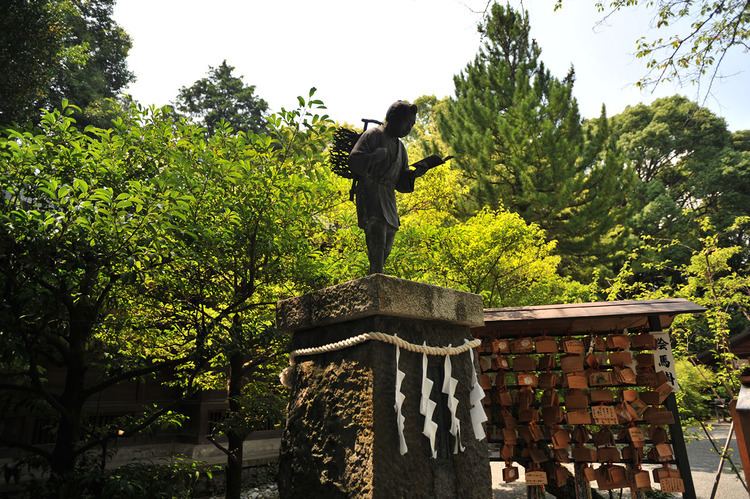
Life
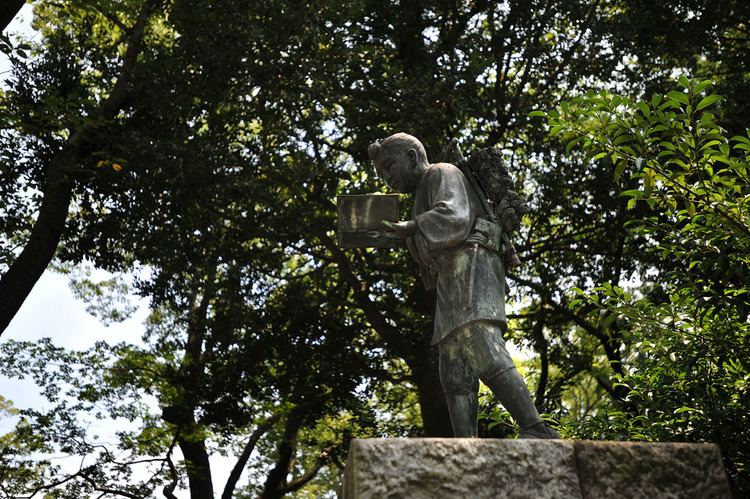
Ninomiya Sontoku was born to a poor peasant family with a name of Kinjiro in Kayama (栢山) Ashigarakami-gun Sagami province. His father died when he was 14 and his mother died two years later. He was then placed in his uncle's household. While working in his uncle's land, Sontoku studied on his own. He later obtained abandoned land on his own and transformed it into agricultural land, eventually restoring his household on his own at the age of 20 and achieved considerable wealth as a landlord while in his 20s. He was then recruited to run his small feudal district which was facing considerable financial difficulty. He achieved this by reviving local economy, particularly through agricultural development. The daimyo, hearing of his achievement, eventually recruited Sontoku to run Odawara Domain then Sagami Province. It is said that during his administration a famine struck Odawara and Sontoku proposed opening up the public granaries to feed the starving populace. He was opposed by his fellow bureaucrats who reminded him that permission first had to be granted by the Shogun for commoners to have access to the rice stores. In that case, Sontoku replied, no one, including the bureaucrats, could eat the public rice before getting the Shogun's approval. They quickly changed their minds and decided that since it was an emergency, the people should be fed immediately. He was eventually entrusted with one of Shogunate's estate, which was great honour for someone of his low origin. His philosophy and methodology became a standard format in feudal land, developmental and economic management. The name "Sontoku" was given to him for his accomplishments. After his death, the emperor awarded him with Jyu Yoni, Lower Fourth Honour under the ritsuryō rank system.
Philosophy
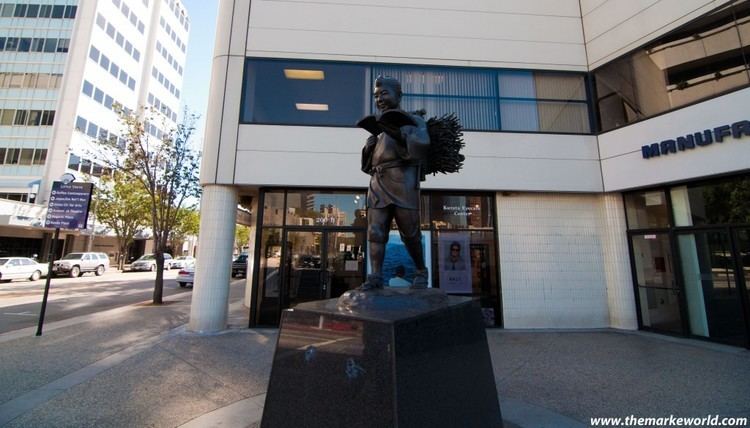
Though he did not leave written philosophical work, his ideas were later transcribed by his disciples, namely Tomita Takayoshi, Fukuzumi Masae and Saitō Takayuki. Ninomiya combined three strands of traditional teachings Buddhism, Shintōism and Confucianism and transformed them into practical ethical principles which matured out of his experiences. He saw agriculture as the highest form of humanity because it was the cultivation of resources given by the Kami.
Economics
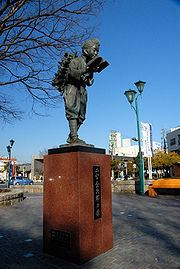
Ninomiya Sontoku emphasized the importance of compound interest which was not well understood among samurai and peasants. He calculated the maturity of each interest rate for 100 years to show its significance by using the Japanese abacus or soroban. In terms of agriculture, he viewed agricultural village life as communal, where surpluses from one year were invested to develop further land or saved for worse years, and shared by members of the community. He was aware that developed land had a lower tax base than established agricultural land and he was adept at financial management which he applied to his estate. He also encouraged immigrants from other estates and rewarded them if they successfully established an agricultural household. He also started his own financial institutions called gojoukou (五常講 ごじょうこう), which appear to be a forerunner of credit union. Each member of the village union could borrow funds interest free for 100 days, while the entire membership shared the cost in case of default. Combination of land development, immigration and communal finance all managed under diligent utilisation of abacus was a success and became the standard methodology of economic development in feudal Japan.
Popular culture
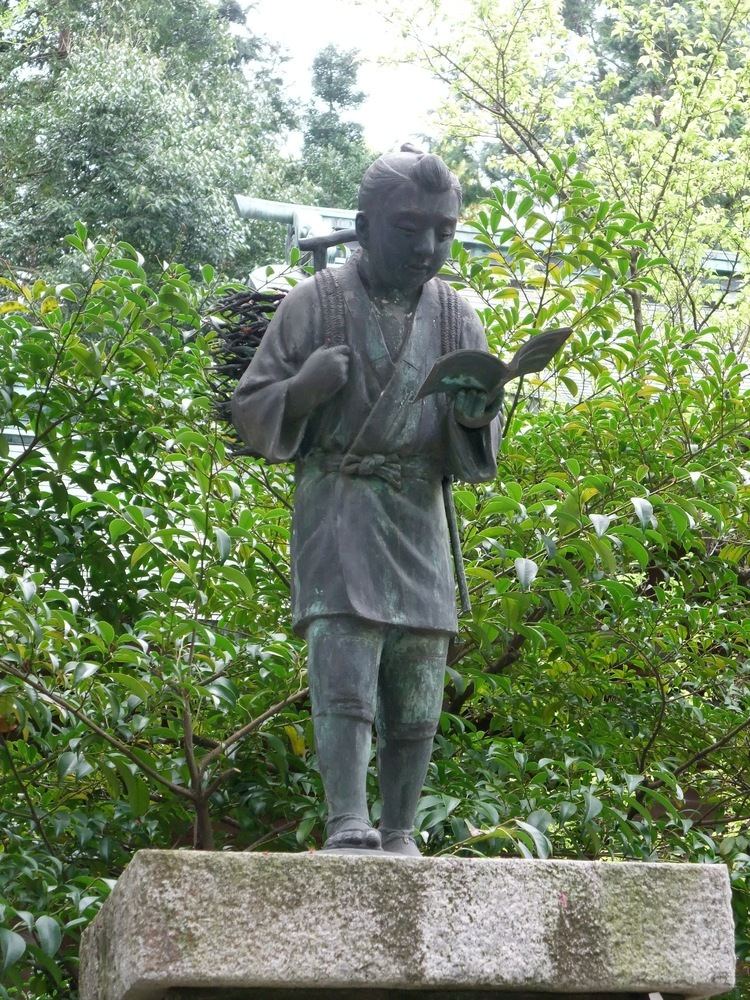
It is not uncommon to see statues of Ninomiya in or in front of Japanese schools, especially elementary schools. Typically these statues show him as a boy reading a book while walking and carrying firewood on his back. These statues are depicting popular stories that said Ninomiya was reading and studying during every moment he could.

There is a reference to him in the novel Obasan by Joy Kogawa. Father tells the story of Ninomiya Sontoku to his children often, telling how "Up early to the mountains for wood before the rooster calls 'ko-ke-kok-ko!' He studies and works every and every day to feed his baby brother and his mother. That is how he becomes the great teacher, Ninomiya Sontaku of Odawara, Japan." (Kogawa 63)
War loot
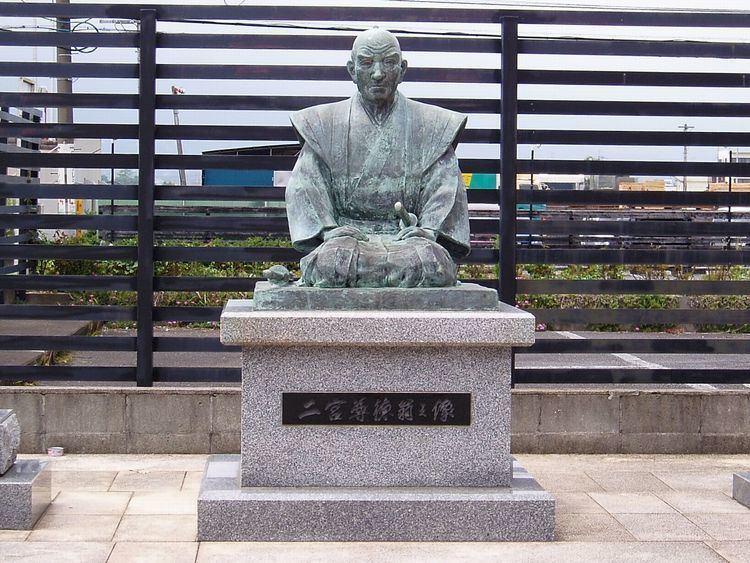
In October 1994, Rollins College, a small private liberal arts college in Winter Park, Florida, United States made international headlines when the government of Japan, per the request of its Okinawa Prefecture, asked for the return of a statue that was taken as war loot. The statue was taken by Clinton C. Nichols, a lieutenant commander in the United States Navy and Rollins graduate after the Battle of Okinawa. Nichols presented the statue of Ninomiya Sontoku in 1946 to then Rollins President Hamilton Holt who promised to keep the statue in the main lobby of the college's Warren Administration Building forever. At first, the college rejected the offer made by Okinawan officials, who suggested that a replica of the statue would be presented to the school if the original was returned to the island, however, after consulting both with the U.S. State Department and the college's board of trustees, then Rollins President Rita Bornstein accepted the offer and the statue was returned to Okinawa in 1995 in commemoration of the 50th anniversary of the end of World War II. In addition to providing the college with a replica of the original statue, the government of Okinawa and Rollins signed an "agreement of cooperation" that pledges to develop additional cooperative projects between the college and Shogaku Junior and Senior High School, the Okinawan school where the original statue has been placed.
